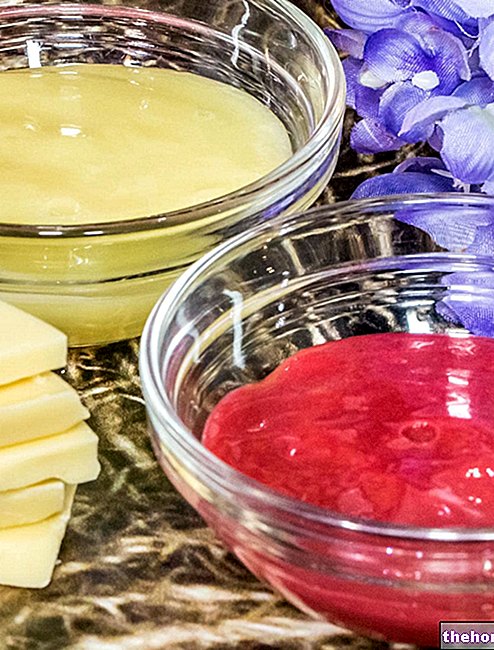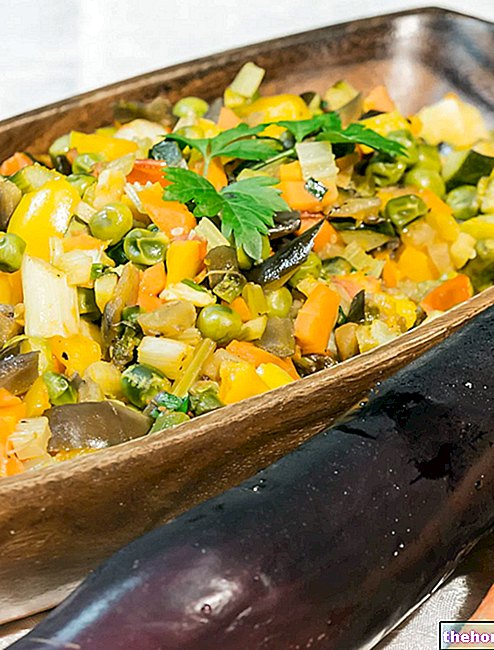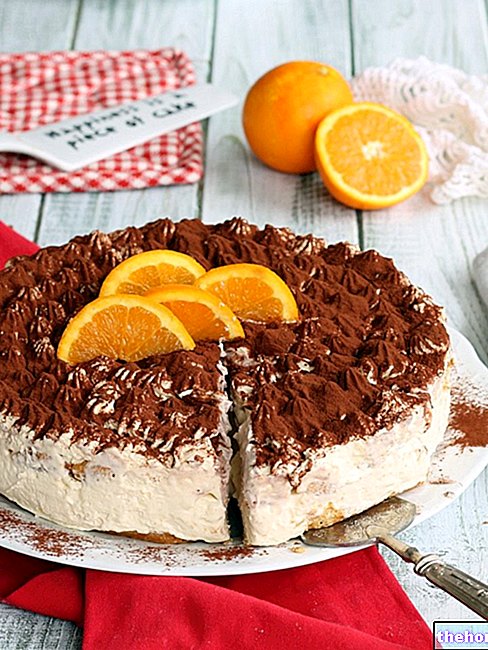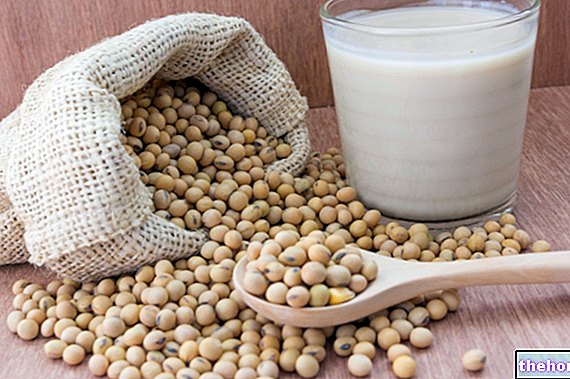Hi guys, are you ready to face a real challenge with me? Today I will show you how to prepare those irresistible corn croissants and other chips like morsels that we usually buy at the bar or supermarket. You should know that to obtain these products the industry uses a machine called an extruder, which uses heat and pressure to literally explode the flours and obtain alveolate and light products. In its simplest version, an extruder consists of a cylinder inside which an endless screw turns which advances the dough. Due to friction, heat is generated, but the high pressures achieved prevent the water from evaporating despite the high temperatures. At the end of the cylinder there is a perforated die from which the mixture pushed by the screw comes out, which, undergoing a sudden drop in pressure in the external environment, expands due to the rapid evaporation of the water contained inside. . The extrusions thus obtained are finally dried, cooled and possibly added with other ingredients such as flavors, cheeses, oils and fats. Unfortunately there are no domestic extruders, but don't worry, your personal coocker has a secret recipe in store to obtain the same result. .
- Boil the pasta for about an "hour in very salted water, 45 minutes are instead sufficient for the corn paste. This operation is necessary for the gelatinization of the starch granules, which in the dried pasta are found in a crystalline form that cannot" to blow up".
- Dry the pasta thus obtained; the ideal humidity to reach is 12%, above 15% or below 10% the explosion will not be satisfactory. It is therefore a delicate phase, with which you need the right familiarity to understand when it is time to move on to phase three; roughly, the pasta should lose its elastic consistency and take on a plastic consistency, returning almost to the way it was before being boiled, but remaining slightly more flexible. I recommend trying a few pieces of pasta at a time to see if the result is satisfactory or not: if it is too dry it tends to burn without exploding, if it is still too humid it will maintain a hard core that will not explode. Leave a couple of hours in a dehydrator at 60 ° C and then leave it out overnight. If you do not have a dehumidifier, dry in the oven for a few hours, leaving the door ajar.
- Microwave at high temperatures or fry the pasta in boiling oil.
- Flavor with various aromas, salt, grated cheese.
Video of the Recipe
Problems with playing the video? Reload the video from youtube.
Identity Card of the Recipe
- 441 KCal Calories per serving
-
Ingrediants
For the corn chips
- 100 g of corn paste
- 1 L of water
- 20 g of salt
To flavor
- 30 g of grated Parmesan cheese
- just enough (2-3 tablespoons) of corn oil
For the semolina chips
- 100 g of pasta
- 1 L of water
- 20 g of salt
Materials Needed
- Casserole for cooking pasta
- Grill (preferable) or baking tray
- Sterile gauze
- Colander
- Kitchen wire (optional)
Preparation
To prepare this recipe we used 2 types of pasta, different in both composition and shape: corn pasta and semolina pasta. For the corn pasta we chose a penne type format, while for the semolina pasta we preferred a "helix" shape. However, the choice is subjective.
- For the corn chips, pour 1 liter of water into a large saucepan with low sides and wait for it to boil. Thread all the corn sticks into a long kitchen string and knot the ends. When the water boils, pour in the salt and also insert the "necklace" of pasta. Cook for 45 minutes, maintaining a gentle flame and closing the pot with the lid to prevent excessive evaporation of the water.
- For the semolina chips, pour 1 liter of water into a large saucepan (it is not necessary to use a low and wide pan), add salt and add the pasta. Cook for 60 minutes over low heat.
Why stick the string only in the corn dough? Why choose a low and wide pan?
Corn pasta is much more fragile than semolina pasta: it requires a lot of space and must not be superimposed. For this reason, a large, low pan is recommended. The thread is used to maintain a certain order between one pasta and another: when, after cooking, the string is lifted, the pasta will most likely be cut in half.- With a slotted spoon, drain both types of pasta and arrange them neatly on two grids or on two baking plates lined with greaseproof paper.
- Proceed with the drying of the pasta. In summer, it is recommended to dry the pasta in the open air, clearly protected with sterile gauze: the pasta is generally ready after "two sunny afternoons". In winter, however, it is possible to dry the pasta by leaving it in the oven for a few hours, at low temperatures, taking care to turn it often.
How to know when the pasta is ready?
The ideal consistency of the pasta after drying is comparable to that of a raw pasta. The penne and the pasta propellers must lose their elastic consistency (typical of very cooked pasta) and assume a plastic and rather rigid consistency.- When the pasta is dry to the right point, you can proceed with further cooking at very high temperatures: for this purpose, the microwave is particularly suitable. Frying is also considered another good method for making pasta "explode".
- Cooking times can vary according to the degree of humidity present in the pasta: in general, the pasta bursts and takes on a honeycomb consistency after 10-40 seconds of microwaves at a power of 800W. It is recommended to pay close attention during this delicate phase: during cooking, the characteristic burst of the pasta will be perceptible. The microwave must be switched off when the noise of the explosion is not perceived: even 3 seconds more can cause burns to the pasta. For this reason, it is recommended to cook a few pasta at a time.
- Pour the pasta into a bowl and flavor with oil and grated Parmesan cheese.
Alice's comment - PersonalCooker
And this is the result. If at first attempts you don't succeed perfectly, don't worry. You will see that as soon as you can understand the mechanism, it will be child's play!
Also try the Shrimp Chips (Nuvole di Drago) cooked in the microwave!Nutritional values and Health Comment on the recipe
The "potato chips" snacks proposed by Alice are a "preservative-free alternative to those available on the market. Certainly, although they are homemade and not fried, they cannot be considered low-calorie foods and their use is to be considered purely occasional They are rich in lipids and complex carbohydrates which, together with their low hydration content, give them a high caloric intake. The average portion of Snack type chips is about 30g (130kcal).




























